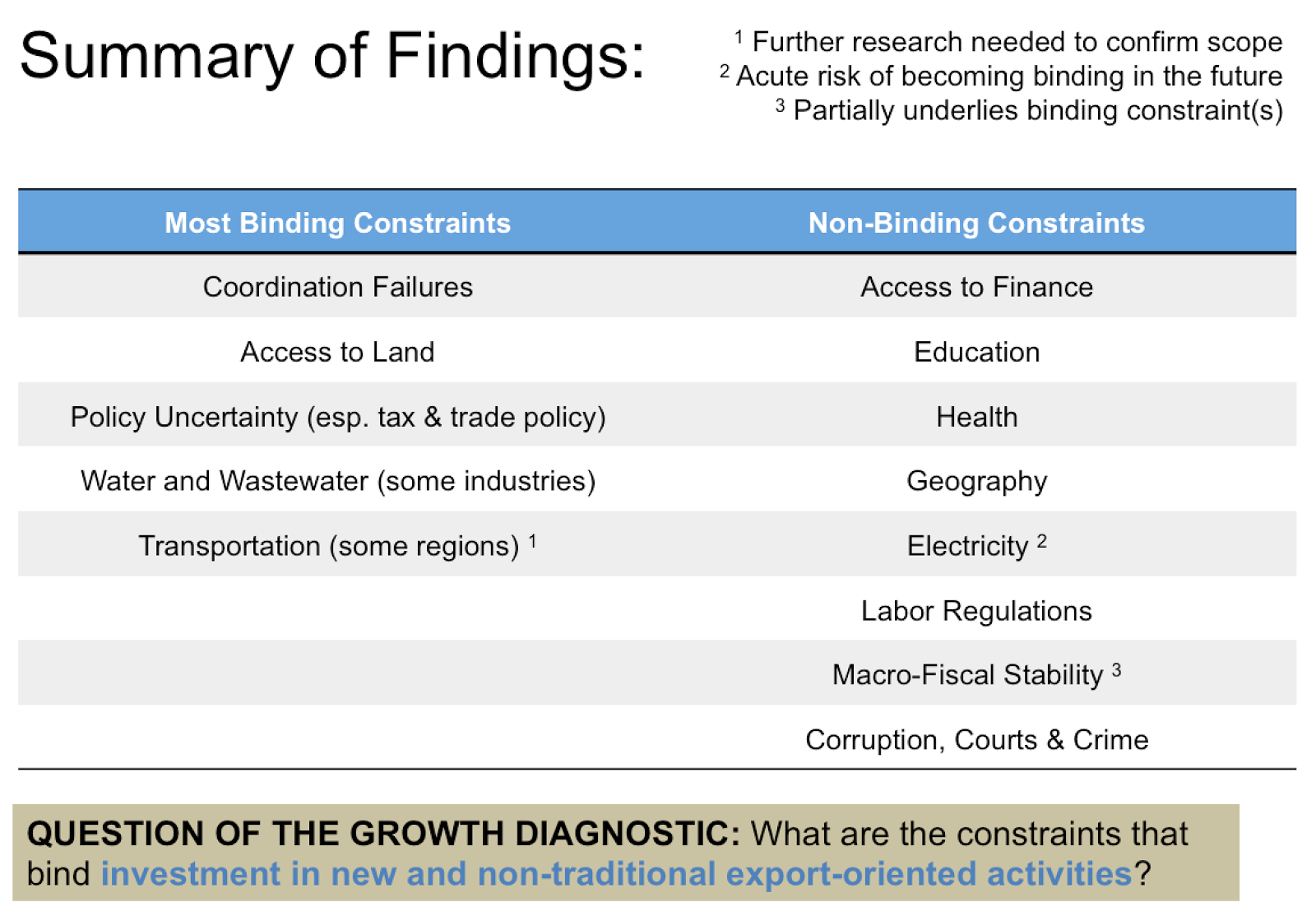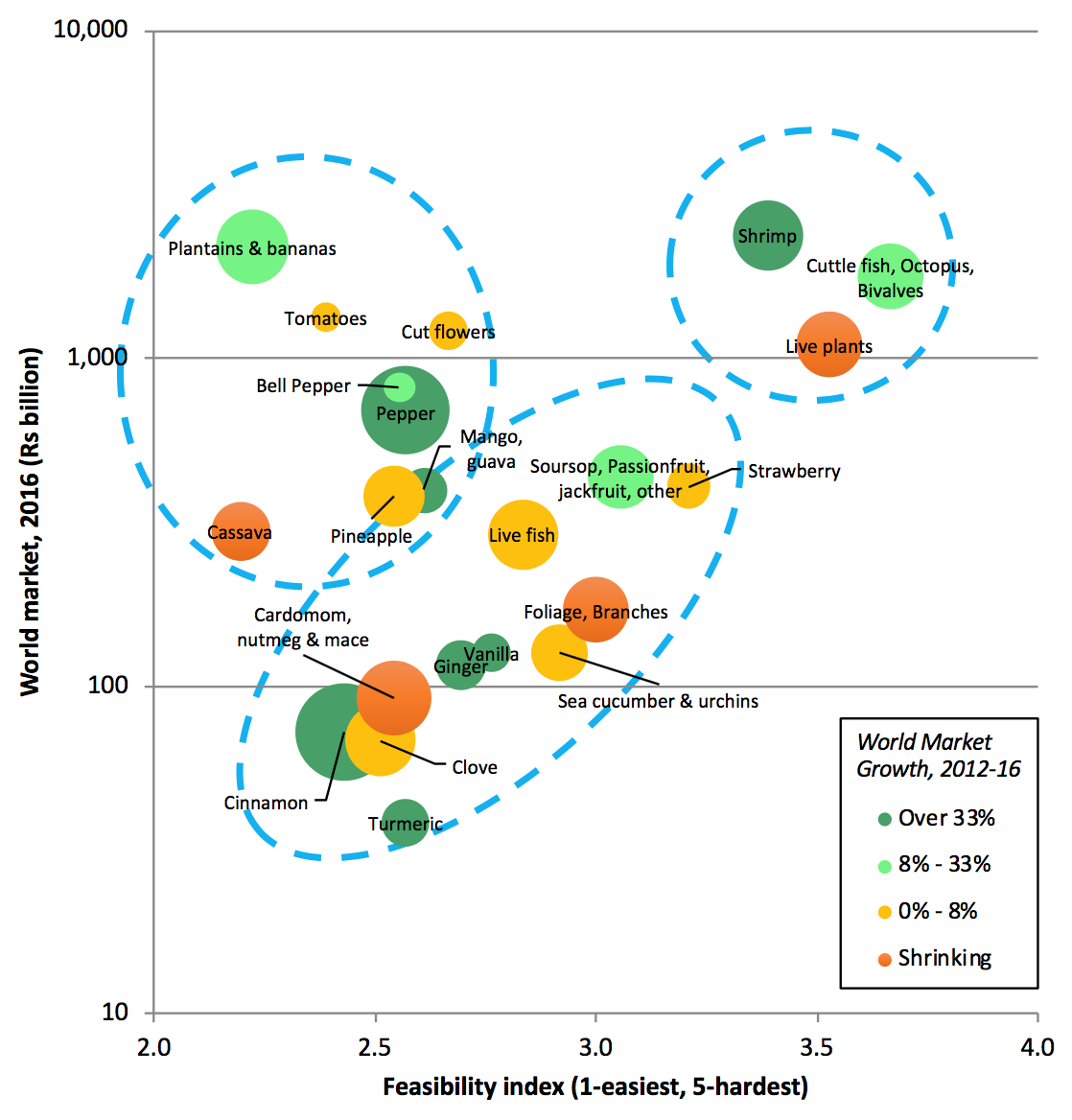Reports
, 2017
Sri Lanka has an excessively complex tariff structure that distorts the structure of the economy in important ways. It is a priority for the Government of Sri Lanka (GoSL) to […]
Sri Lanka has an excessively complex tariff structure that distorts the structure of the economy in important ways. It is a priority for the Government of Sri Lanka (GoSL) to rationalize the system in order to facilitate a transition to greater economic diversification, stronger export growth, and the emergence of new, higher paying jobs. Sri Lanka’s New Trade Policy makes this tariff rationalization a priority. It also recognizes that tariff rationalization should go hand in hand with new trade adjustment assistance measures to support the adjustment of firms and of people. The New Trade Policy outlines the basic contours of tariff rationalization and trade adjustment assistance measures but does not provide a detailed roadmap.
This discussion paper was prepared at the invitation of the Ministry of Development Strategies and International Trade (MoDSIT) as part of the Center for International Development’s research project on sustainable and inclusive economic growth in Sri Lanka. The aim of the paper is to study policy tools that the GoSL could use to structure trade adjustment assistance in the context of tariff rationalization. In order to accomplish this aim, we begin by outlining the type of tariff rationalization that needs to take place in order to address key constraints to growth in a way that is sensitive to both government revenue needs and political economy considerations. We stress that tariff rationalization must be approached in a holistic way that treats the various tariffs and para-tariffs as interrelated, rather than an approach that attempts to address one part of the system at a time. A holistic approach would provide many degrees of freedom to solve the underlying problems in the system while increasing revenues and potentially generating strong public support. Critically, a holistic approach would allow for a single tariff rationalization plan to be phased in over a period of years in a predictable way, whereas attempts to rationalize the system one part at a time would lead to extreme uncertainty.
With the principles of smart tariff rationalization in place, we draw upon international lessons and Sri Lanka’s own institutional capabilities to recommend a two-tiered approach to helping industries and workers adjust. In each case, the first tier represents low-cost measures that can begin in the short term to help industries and workers, regardless of whether they will be negatively impacted by tariff rationalization, while the second tier of assistance applies only to trade-affected industries and workers and can be developed in the medium term. For industries, Tier 1 support involves the use of an innovative process of public-private problem solving of industry-specific constraints, and Tier 2 support involves the use of special safeguard measures to provide an objective and transparent process for determining which industries require longer phase out periods for tariff reductions versus the tariff rationalization plan. For workers, Tier 1 support involves improved access labor market information and training opportunities through the development of regional (or local) job centers. Tier 2 support provides government funding for training and job placement services. We conclude that this package of trade adjustment assistance measures could be used to complement a holistic tariff rationalization plan. But we caution that attempts to rush the implementation of these measures without careful design and communication could deeply undermine the potential for the reforms to work in solving underlying economic problems.
















